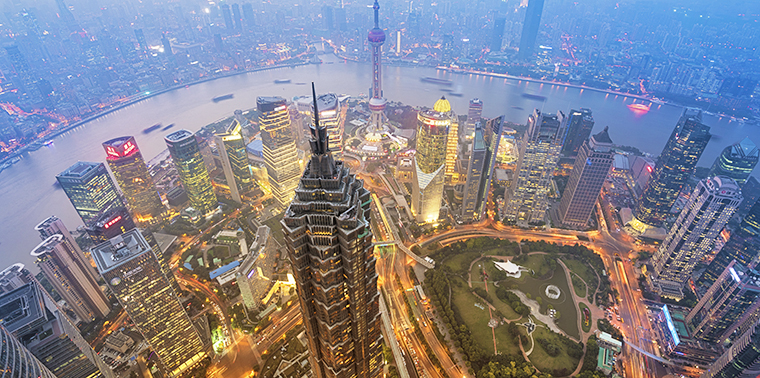November 30, 2016 — Self-driving taxis, parking lots replaced by parks, quiet freeways, clean air, Wi-Fi-enabled traffic control, light rail trains zipping from one end of town to another — sounds like the stuff of science fiction. But experts at McKinsey & Company and Bloomberg New Energy Finance argue that these technologies aren’t so far-fetched in some urban areas, given today’s market trends. Their new report, An Integrated Perspective on the Future of Mobility, paints a picture of what transportation could look like in leading-edge cities 15, 20, 30 years from now that should be of great interest to urban planners, public officials and professionals in the digital technology, communication, environmental and automotive industries — along with the estimated 500 million people who will be directly affected.
This analysis suggests that several key trends can help predict future transportation patterns: a global shift toward using more renewable energy and reducing air pollution, a “decentralized” or more flexible and accessible electrical grid, and advances in internet and digital communication technologies. It foresees spikes in electric vehicle sales and dips in demand for internal combustion engines, and predicts a slide in vehicle ownership as cities invest in better public transit and as on-demand ride-hailing services like Uber continue to grow.
The projection identifies three kinds of cities most ravenous for shared transportation, electric vehicles, refreshed public transit and self-driven cars: places like Delhi and Istanbul, which are low-income and densely populated and have mounting urbanization and air pollution; cities with large suburban sprawl, such as Sydney, Houston and Los Angeles; and high-income metropolises such as Singapore, London and Shanghai that demand a competitive variety of convenient mobility options. It then goes on to suggest how each type can successfully transition to a more sustainable transportation system.
Though it emphasizes positive business models for how different city types can best incorporate these trends, this study also mentions how they can go south. For example, in Los Angeles, where people commute into the city and pay for parking, self-driving vehicles might become more common. The upside to that is that more people like the elderly, the blind and children, would be able to access easy and ideally safe transportation. The downside? Lower-emission options such as ride sharing and cycling might fall by the wayside, and commuters might send their empty vehicles long distances to find cheaper parking.
The report suggests that, if done right, the world could reap big environmental and economic benefits from the urban mobility transition. What do you think? Download the full white paper here. ![]()
Ensia shares solutions-focused stories free of charge through our online magazine and partner media. That means audiences around the world have ready access to stories that can — and do — help them shape a better future. If you value our work, please show your support today.
Yes, I'll support Ensia!
